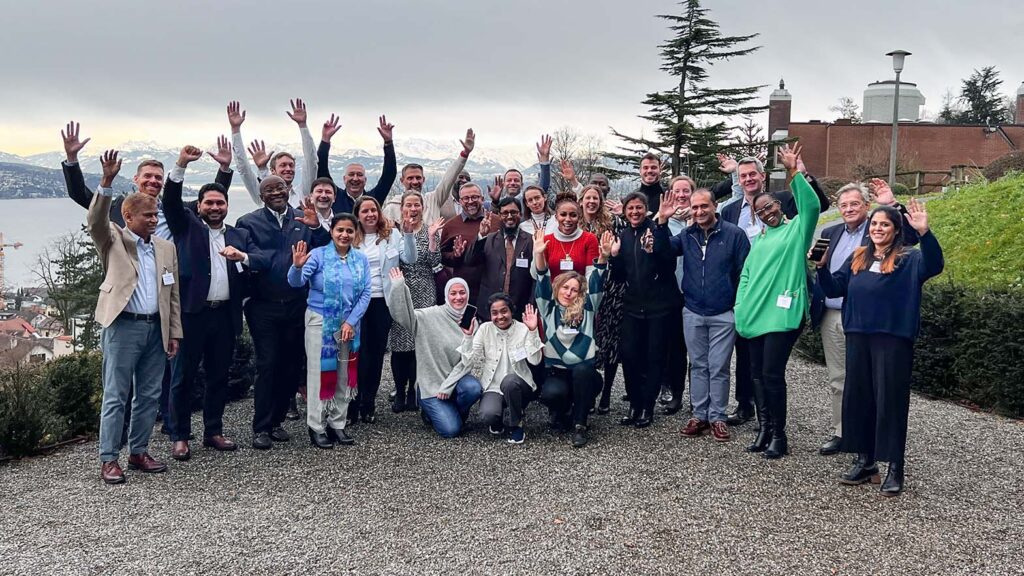
Looking at the future of flour, fortification plays an increasingly important role. Research shows that globally, one in two preschool-aged children and two in three women of reproductive age have at least one micronutrient deficiency. Rising food prices make the situation worse, as it gets more difficult for people to afford a balanced diet. Instead, consumers rely more heavily on staple foods like flour or rice.
Fortifying staple foods has proven very effective as a way of increasing micronutrient intake. That is why mills play a crucial role in the fight against micronutrient deficiencies, as they reach billions of people with their products on a daily basis. By adding additional micronutrients to their flour, which may not be present in sufficient amounts naturally or are destroyed during the milling process, mills contribute significantly to fighting micronutrient deficiencies in their countries.
However, it takes a lot of effort for mills to fortify their products, including setting up their fortification processes, ensuring quality control of their fortified products, and working with monitoring authorities. Unfortunately, the recognition and support for their efforts is often not as strong as it should be. Therefore, I see it as crucial to make fortification as easy as possible for mills, while recognizing their essential contributions to public health. Together with partners like Technoserve, BioAnalyt, and BASF, and a group of fortification champions from the milling industry, we are working towards improving the provision of technical assistance to mills, making fortification as easy as possible, and are jointly working towards increasing the recognition of mills’ efforts.
Submitted by
Leo Schulte-Vennbur | Manager, Food Fortification & Partnerships
SternVitamin
